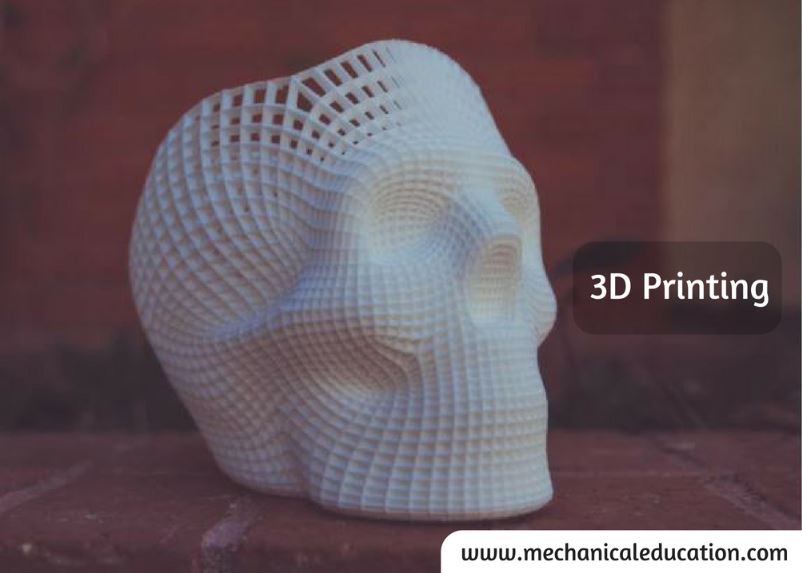Hollow shafts and solid shafts are two types of cylindrical mechanical components that are used to transmit torque and rotational motion between different machine components. While solid shafts have been traditionally used in various mechanical systems, hollow shafts have become increasingly popular in recent years. In this article, we will discuss the reasons why hollow shafts are preferred over solid shafts in various mechanical applications.
- Reduced weight: One of the main advantages of hollow shafts over solid shafts is that they are lighter. Hollow shafts are typically made from lightweight materials such as aluminum or composite materials, which reduces the overall weight of the system. This is especially important in applications where weight is a critical factor, such as in aircraft, automobiles, and robotics.
- Increased flexibility: Hollow shafts are more flexible than solid shafts, which allows them to bend and twist more easily. This flexibility is especially important in applications where the shaft needs to move in different directions, such as in steering systems or suspension systems.
- Enhanced customization: Hollow shafts offer more customization options compared to solid shafts. They can be easily machined to accommodate specific requirements such as size, shape, or material. This makes them ideal for applications where the shaft needs to be tailored to fit a specific system.
- Improved thermal conductivity: Hollow shafts have better thermal conductivity compared to solid shafts. This means that they can transfer heat more efficiently, which is important in applications where heat dissipation is critical, such as in electrical motors or generators.
- Reduced material usage: Hollow shafts use less material compared to solid shafts. This not only reduces the weight of the system but also reduces the cost of the material. This is especially important in applications where cost is a critical factor.
- Reduced stress concentration: Hollow shafts have a lower stress concentration compared to solid shafts. This is because the stress is distributed across a larger cross-sectional area of the shaft. This reduces the likelihood of localized deformation, cracking, or failure.
- Increased resistance to fatigue failure: Hollow shafts have increased resistance to fatigue failure compared to solid shafts. This is because the hollow design reduces the occurrence of stress cycles that can lead to fatigue failure.
In conclusion, hollow shafts offer several advantages over solid shafts. They are lighter, more flexible, offer increased customization options, have improved thermal conductivity, use less material, have reduced stress concentration, and are more resistant to fatigue failure. These advantages make hollow shafts a preferred choice in various mechanical applications, especially in those where weight, flexibility, customization, and cost are critical factors.
Frequently Asked Questions
1. What is the primary advantage of using a hollow shaft over a solid shaft?
The primary advantage is the reduced weight of a hollow shaft, making it preferable in applications where minimizing overall weight is crucial.
2. In which industries is a hollow shaft commonly preferred?
Hollow shafts are commonly preferred in industries such as aerospace, automotive, and robotics, where lightweight components contribute to improved efficiency and dynamic performance.
3. How does the weight reduction of a hollow shaft benefit applications?
The reduced weight enhances overall system efficiency, particularly in applications where rapid acceleration, deceleration, or changes in rotational direction are frequent.
4. Can a hollow shaft provide similar strength as a solid shaft?
Yes, a well-designed hollow shaft can offer similar strength and stiffness as a solid shaft of the same outer diameter, depending on material selection and structural optimization.
5. Are there advantages of using hollow shafts in high-speed applications?
Yes, the reduced weight and inertia of hollow shafts make them advantageous in high-speed applications, contributing to improved dynamic performance and response.
6. How do hollow shafts contribute to energy efficiency in certain applications?
The lower rotational inertia of hollow shafts contributes to energy efficiency, requiring less energy for acceleration and deceleration, especially in applications with frequent changes in rotational direction.
7. Can hollow shafts assist in heat dissipation in certain applications?
Yes, the hollow nature of the shaft allows for better heat dissipation, making them suitable for applications where managing heat buildup is essential, such as in high-speed electric motors.
8. Are there scenarios where a solid shaft might be preferred over a hollow shaft?
In applications where maximum torsional stiffness is critical and weight is less of a concern, a solid shaft might be preferred to minimize torsional deflection.
9. Are there cost considerations favoring the use of hollow shafts?
Depending on the design and manufacturing processes, hollow shafts can offer cost advantages in terms of material savings. However, overall cost-effectiveness depends on factors such as design complexity and production methods.
10. Can hollow shafts be a suitable choice for power transmission applications?
Yes, hollow shafts can effectively transmit power, particularly in applications where weight reduction, dynamic performance, and energy efficiency are prioritized. Careful design and material selection are essential to ensure adequate strength and reliability.




